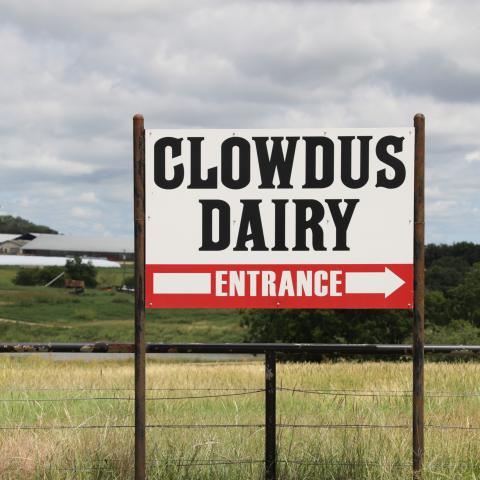
Success Story

Farmers and ranchers can cut input costs, maintain production, protect soil and water resources, reduce the nation’s dependence on fossil fuels, and save money by using conservation practices.
USDA will continue to support conservation practices that save producers money and improve the environmental health of the nation.
To make energy-efficient conservation practice decisions, use NRCS Energy Estimator Tools.
NRCS has developed four energy tools designed to increase energy awareness in agriculture and to help farmers and ranchers identify where they can reduce their energy costs. The results generated by these tools are estimates based on NRCS models and are illustrative of the magnitude of savings. Please contact your local NRCS office for additional assistance.
The Energy Estimator for Animal Housing tool is designed to enable you to estimate potential energy savings associated with swine, poultry or dairy cows housing operations on your farm or ranch. This tool evaluates major energy costs in lighting, ventilation and heating costs for swine and poultry. It evaluates major energy costs with lighting air circulation, milk cooling, water heating and milk harvesting costs for typical dairy. This tool does not provide site specific recommendations.
The Energy Estimator for Irrigation tool enables you to estimate potential energy savings associated with pumping water for irrigation. NRCS technical specialists developed this model to integrate general technical information farm-specific crops, energy prices, and pumping requirement. This tool does not provide field-specific recommendations.
The Energy Estimator for Nitrogen tool enables you to calculate the potential cost-savings related to nitrogen use on your farm or ranch. NRCS agronomists developed this model to integrate general technical information on nitrogen use with farm-specific information on fertilizer types, costs, timing, and placement. This tool does not provide field-specific recommendations.
The Energy Estimator for Tillage tool estimates diesel fuel use and costs in the production of key crops in your area and compares potential energy savings between conventional tillage and alternative tillage systems. The crops covered are limited to the most predominant crops in 74 Crop Management Zones (CMZ's). NRCS agronomists have identified these crops and estimated the fuel use associated with common tillage systems. The Energy Estimator gives you an idea of the magnitude of diesel fuel savings under different levels of tillage.
Do you farm or ranch and want to make improvements to the land that you own or lease?
Natural Resources Conservation Service offers technical and financial assistance to help farmers, ranchers and forest landowners.

To get started with NRCS, we recommend you stop by your local NRCS field office. We’ll discuss your vision for your land.
NRCS provides landowners with free technical assistance, or advice, for their land. Common technical assistance includes: resource assessment, practice design and resource monitoring. Your conservation planner will help you determine if financial assistance is right for you.
We’ll walk you through the application process. To get started on applying for financial assistance, we’ll work with you:
Once complete, we’ll work with you on the application, or CPA 1200.
Applications for most programs are accepted on a continuous basis, but they’re considered for funding in different ranking periods. Be sure to ask your local NRCS district conservationist about the deadline for the ranking period to ensure you turn in your application in time.
As part of the application process, we’ll check to see if you are eligible. To do this, you’ll need to bring:
If you don’t have a farm number, you can get one from USDA’s Farm Service Agency. Typically, the local FSA office is located in the same building as the local NRCS office. You only need a farm number if you’re interested in financial assistance.
NRCS will take a look at the applications and rank them according to local resource concerns, the amount of conservation benefits the work will provide and the needs of applicants. View Application Ranking Dates by State.
If you’re selected, you can choose whether to sign the contract for the work to be done.
Once you sign the contract, you’ll be provided standards and specifications for completing the practice or practices, and then you will have a specified amount of time to implement. Once the work is implemented and inspected, you’ll be paid the rate of compensation for the work if it meets NRCS standards and specifications.